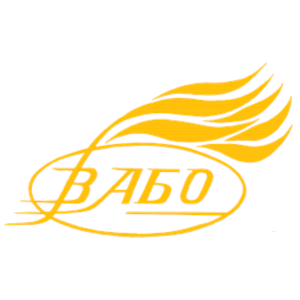SUBSTANTIATION OF THE STRUCTURE OF RADIATION LITERACY OF FUTURE SCIENCE TEACHERS
DOI:
https://doi.org/10.32782/academ-ped.psyh-2024-1.26Keywords:
radiation literacy, radiation safety, science teacher, components of radiation literacy, formation of radiation literacy, life safetyAbstract
The purpose of the article is to theoretically substantiate the structure of radiation literacy of future science teachers. The methodology of the study is a comparative and analytical study of the concept of radiation literacy, as well as systematisation and consideration of modern needs for knowledge, skills and requirements for the values of a science teacher in the discourse of his/her radiation literacy. The scientific novelty is that, using the methods of scientific literature analysis and synthesis, the concept of «radiation literacy» is formulated, taking into account the didactic principles of scientificity, systematicity, continuity, and interdisciplinarity. For the first time, the structure of radiation literacy of future science teachers is proposed, which includes: cognitive, activity, information and education, and personal and value components. The study clearly describes the characteristics of each of the proposed components of radiation literacy, taking into account the content of academic disciplines, the formation of the necessary performance abilities of a science teacher and the development of relevant values. The following criteria are proposed as means of diagnosing the formation of radiation literacy: scientific foundations of radiation literacy, radiation safety, radiation culture (culture of radiation safety, prevention and emergency response). Based on the results of the study, a structural model of radiation literacy of future science teachers is proposed, which takes into account the interrelationships between its components and outlines the criteria for diagnosing their manifestations. Conclusions. In a high-tech world where the use of nuclear and radiation technologies is widespread, the development of radiation literacy of future science teachers is of paramount importance. Substantiation of the definition of «radiation literacy» and its structural components allows to provide favourable conditions for the professional development of science teachers, which will ensure their readiness to act in the face of radiation risks and proper training of students.
References
Кузмінський А.І. Педагогіка вищої школи : навчальний посібник. Київ : Знання, 2005. 302 с.
Ситник О. Грамотність як складова освіти дорослих на прикладі Ірландії. Збірник наукових праць Уманського державного педагогічного університету. 2014. № 2. С. 343–349.
Choi K., Cho J.K. Development and statistical assessment of a radiation safety literacy measurement tool. International Journal of Radiation Research. 2021. № 19.1. С. 41–48.
Eijkelhof H.M.C. Radiation risk and science education. Radiation protection dosimetry. 1996. № 68(3–4). Р. 273–278.
Hori H., Orita M., Taira Y., Kudo T., Takamura N. Risk perceptions regarding radiation exposure among Japanese schoolteachers living around the Sendai Nuclear Power Plant after the Fukushima accident. Plos one. 2019. № 14(3). Р. 212–217.
Johnson A. Radiation and atomic literacy for nonscientists. Science. 2013. № 342.6157. Р. 436–437.
Klein P.D. The challenges of scientific literacy: From the viewpoint of second‐generation cognitive science. International Journal of Science Education. 2006. № 28.2-3. Р. 143–178.
Mason J.M., Stewart J.P. Emergent literacy assessment for instructional use in kindergarten. Assessment for instruction in early literacy. 1990. Р. 155–175.
Prather E.E., Harrington R.R. Student understanding of ionizing radiation and radioactivity. Journal of College Science Teaching. 2001. № 31(2). Р. 89.
Taşoğlu A.K., Ates O., Bakaç M. Prospective physics teachers’ awareness of radiation and radioactivity. European Journal of Physics Education. 2017. № 6(1). Р. 1–14.








